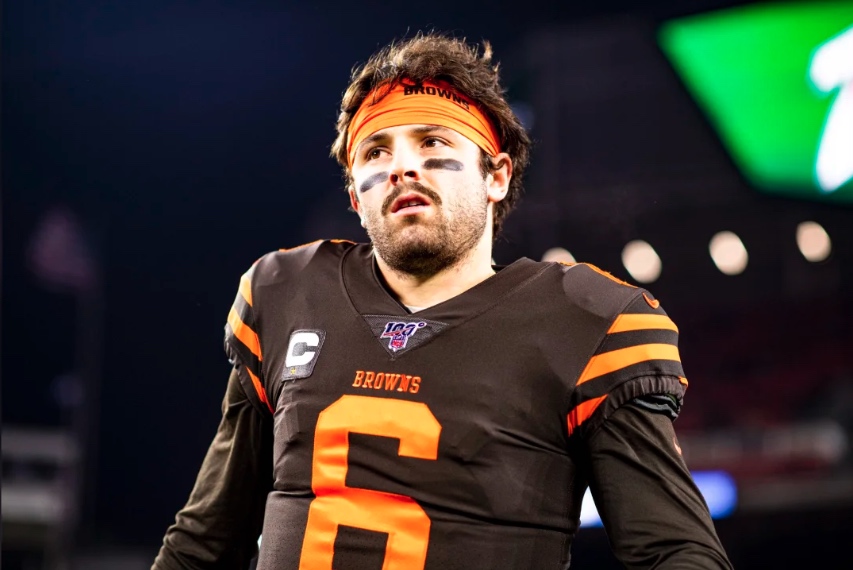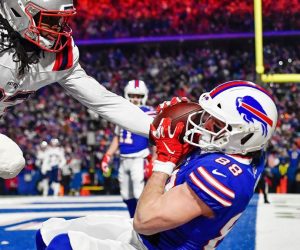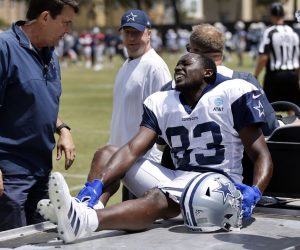Handicapping the NFL isn’t easy, but starting out with a betting advantage might be as simple as hunting for games within a specific point-spread range. This article explains what to look for, and what the data says about finding a point-spread sweet spot.

The sports betting market generally gets things right. When oddsmakers set lines and the betting public reacts with a collective opinion measured in money wagered, the final numbers tend to reflect all possible influences, and end up being an accurate consensus of all known factors.
Outlier point spreads and/or totals simply don’t exist in the sophisticated NFL market, which is gargantuan in the number of wagers made, and the total amount of money bet.
That said, not all point spreads are created equal.
Typically, one would expect that, over a long period time measured after many seasons, every point spread number would be a roughly 50-50 split. This is to say that, on all games where the betting line is -3 (or whatever the number), the final results should end up about equal. Favorites and underdogs should cover about the same number of times.
Oddly enough, this isn’t the case.
Which Point Spread Numbers Should We Look At?
Some point spreads have produced startling disparity over the years, which seems beyond expected variance. In other words, given a large number of situations and final results, some point spreads appear to give the bettor a surprising early edge when handicapping the game, and later considering additional factors.
Since 2003, NFL teams favored by 10 to 14 points have covered at a surprisingly high rate.
More specifically, what this means is — pro football teams favored by 10, 10.5, 11, 11.5, 12, 12.5, 13, 13.5, and 14 tend to be money makers, even when they’re bet blindly.
Data Speaks
Since the start of the 2003 regular season (to present), there have been 476 games where one team was favored by 10-14 points (using the closing line). When bet blindly (no other handicapping tools, just applying this angle), favorites have gone 260-215 against-the-spread (pushes not recorded).
That’s a 54.6 winning percentage, which is slightly ahead of the break-even mark at the standard lay price of minus 110. This might not seem to be much of an edge, but starting out your handicapping with a built-in 54.6 percentage edge is an enormous advantage to build on. Better yet, this trend is even stronger in recent years. Faves that closed between the numbers -10 and -14 have produced the following results in just the past three seasons:
2017: 17-14
2018: 17-14
2019 (through Week #11): 11-5
Cumulatively speaking, that’s 45 wins and 33 losses for a 57.6 percent winning percentage. Not bad. That’s quite a win rate before you’ve taken even a single step with any other methods in handicapping. Given the very respectable 54.6 percentage win rate over the past 16 years, with nearly 500 trials, this merits our serious consideration when making picks. At the very least, bettors should be quite cautious against betting underdogs when they’re getting anywhere in the +10 to +14 range. Historically, these dogs do not fare well.
What’s the Explanation? Here’s a Theory …
Could this simply be a statistical aberration? Yes, that’s certainly possible, although unlikely. The large sample size (476 games) does merit our increased confidence, and recent results make this trend look even better.
One possible explanation as to why favorites in this point-spread range have performed so well against-the-spread is — being installed a double-digit favorite is a demarcation of profound advantage. One team is markedly superior to the other. However, the superior team isn’t laying more than two scores (-14.5 or higher), so these dominant teams are in a better position to both win and cover. Bigger favorites may allow back-door covers or, in some cases, play reserves once they get ahead by large margins.
It’s important to note that, after looking at all point spread numbers (from a pick ’em up to -26), results tend to land somewhere in the 52-48 percent range or lower (closer to 50-50). Hence, this sweet spot for favorites does appear to be an outlier, little-known to the public.
Of course, previous results are no indication of future prospects. However, given a large number of trials and the impressive overall results — both in the short- and long-term — this appears to be an excellent starting point when handicapping the games each week.
In summation, look to bet NFL favorites in the -10 to -14 point spread range.











